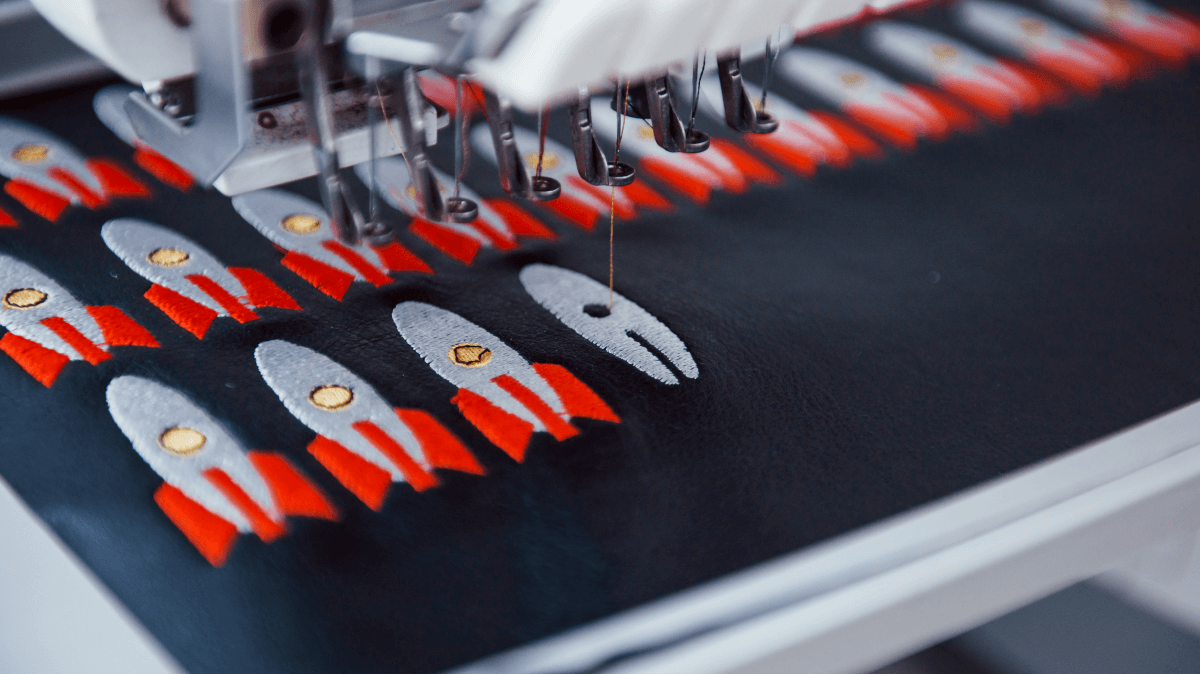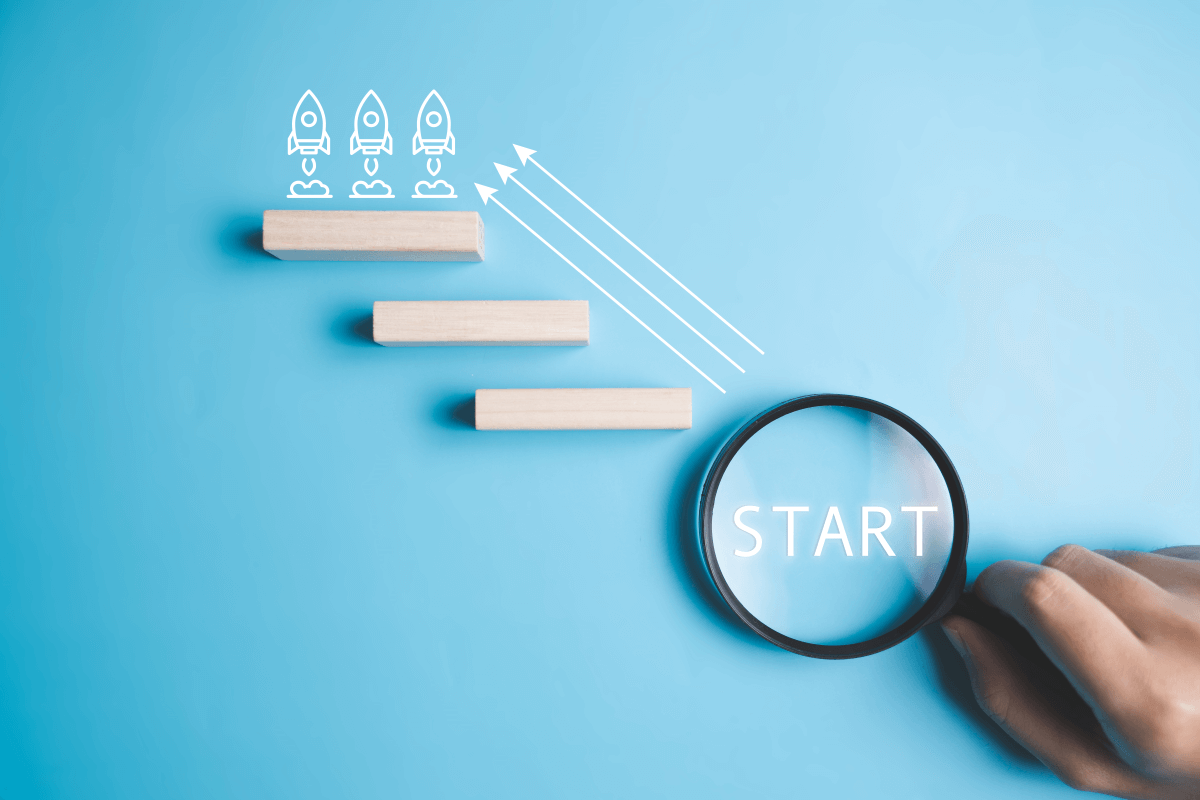One of the few certainties already apparent from this crisis is the acceleration of people’s relationship with technology. The past few months have shown us that in an environment like this, consumer behaviour that could have taken many years to change can change almost overnight. Whilst sectors such as travel and hospitality will likely take a long time to recover, the pandemic has opened up opportunities for Edtech, e-commerce, digital health, health and hygiene products, SaaS business, and others. This is why tech startups need to examine the implications for their product or service, and consider which aspects of their business should remain the same, and which can be enhanced to meet a shift in consumer behaviour.
Whilst the pandemic has rattled economies around the world and startups have been hit hard, there are still companies who are pivoting their way out of the crisis, for example...
Healthtech
Kronikare primarily produces an AI-enabled wound assessment device that allows for quick and accurate diagnosis of chronic wounds, improving productivity and patient outcomes. They've pivoted to produce the iThermo, an AI-powered mobile forehead temperature scanner which can scan 8-10 people/minute, up from 2-3 using conventional methods, and provides real-time updates via a dashboard that reflects the rate of traffic and number of febrile persons detected at public and commercial areas with high human traffic. It is also accurate up to 3m away and can scan persons wearing masks or headgear.
Biofourmis is an example of healthtech company that has successfully used its technology to pivot and implement a solution for remote monitoring of patients with COVID-19 symptoms. Their sensor for the wearable technology capture symptoms associated with the disease by monitoring 20 physiological vitals. Withing the two weeks of creating this solution, it is being used by the Hong Kong Department of Health as part of a first of its kind national disease surveillance program. Biofourmis is also rolling it out in five other countries including Australia.
Edtech
Edtech is a great example where not only has the number of users of online education doubled over the past several months, but the number of monetising users have more than doubled in this period.
MAPPEN, an online curriculum and professional learning platform, is a good example of edtech who provided digital lesson plans for teachers when COVID-19 hit hard, but their team urgently worked to modify their offerings to create resources that primary students can access directly when they needed the most.
"If you want to think about your time in the sun, we’ve got this global issue saying we need digital delivery," David Linke, managing director at EduGrowth, Australian education technology and innovation industry hub said. "It's a transformation good edtech providers have been working on for a period of time. They just have to accelerate those plans now."
E-commerce
Sports recovery business MyoMaster creates innovations that enable athletes to train harder and perform better. The business was founded last year and before the crisis all their revenue was generated at sport events and from selling into gyms. When COVID-19 forced the cancellation of all events and the closure of gyms the owners saw an opportunity in home workouts, and in the space of a fortnight pivoted to become an e-commerce business. They've had the whole team focusing on updating their website, finding influencers, creating content, and figuring out how to do digital advertising to increase their online visibility.
"What we used to sell in a month, we are now selling online in a single day,” says one of the owners at MyoMaster. “There are real opportunities out there for brands that can sell online and provide people with products that can bring them joy at home."
Pivot – don't panic! Use NOW as an opportunity to re-evaluate and adapt
Pivoting in the corporate world means shifting to a new strategy. Whether it is a particular project or a whole shift in business practices, pivoting can be a useful decision for a business that has hit a ceiling and can go no further, or during times of crisis. This might be a temporary or permanent pivot.
Pre-pandemic, the majority of business owners allocated a significant amount of time and resources for careful planning before pivoting. But what happens when you don't have time to plan?
- The quick pivot
Businesses are being forced to push these new initiatives through faster than they would in a normal environment and it can be a great way of demonstrating how quickly you can get something to market rather than being weighed down with logistics and red tape.
If you can’t pivot and react when the winds of change come, you’ll be blown away. SMB's often make the fatal mistake to miss the signs indicating that it is time to change direction – if you are going to pivot, you need to do it as early as possible, as this helps avoid wasting time, effort and money. - Plan after pivoting – today's new reality
Let's address the issue: You pivoted because you had no choice and it feel's chaotic. Normally a business get's to plan a change, yet you didn't. That's okay! The important thing is to stay focused and be aware of what is different about your business now then before. List those key differences, push the positive impacts straight away and work through any obstacles to your pivot being a success. Once your obstacles have been removed, spend some time on planning the next growth phase of your pivot. - Don’t get rid of the work you’ve already done
While entrepreneurs are by nature adaptive and resourceful, pivoting can be a tough process. It is important to identify what aspects of your company can be saved, kept and reused once you’ve settled on the new direction to head in. Holding on to all IP is important as it may be relevant in the future. - Customer focus – listen to your existing customers
Try to keep your existing customers in the loop. The feedback you receive from customers and market is a great indicator that your pivot is on the right track. Input from your customers can help guide the direction of a change and help advance your product or service. - Customer focus – a new customer segment
Collecting and analysing data from your new customers is a crucial part of pivoting a product or service. By deep diving into the minds of new users, you'll be able to respond to their needs and move your product or service in the right direction. You could set up focus groups, send surveys, conduct interviews – whatever is necessary to get feedback from your new customers. You'll want to find out which aspects of your product or service are essential to them, what they would like to see changed and any preferences you may not have considered. - Make sure your pivot presents opportunities for growth
Despite the challenges in some sectors we do remain very optimistic for the long term. Try to look where there is a need and how you could fill that need even if it isn’t part of your normal business model. Businesses that survive the next 12-18 months will become 10 times stronger and use this time to re-evaluate their business.
Have you noticed our #FridayExpertTips... here's one that relates to #Technology
“Be flexible and listen to the market: Even if you nail down the perfect niche, it won’t necessarily remain the same forever. Markets can be fickle. If you can’t pivot and react when the winds of change come, you’ll be blown away.”
Related articles:
You can still Raise Capital in 2020, published July 08, 2020
Did you apply for the NSW $3,000 Small Business Recovery Grant, published July 07, 2020
How will COVID-19 affect your End of Financial Year Tax return?, published June 15, 2020
COVID-19: 5 Steps Plan to surviving the next 6 month as a business, published June 02, 2020
COVID-19: How to motivate your team while working remotely?, published May 18, 2020
Expanding globally during COVID-19: Risky business or perfect timing?, published May 07, 2020
Cashflow is a lifeblood of your Business, especially during a pandemic such as Coronavirus, published April 22, 2020
Finding opportunities in a crisis and how to recover on the other side of COVID-19?, published April 20, 2020
COVID-19: What does 'Standing Down my team' mean to my Business?, published April 16, 2020
Working from home during Coronavirus: What expenses are Tax Deductible?, published April 9, 2020
COVID-19: EMDG extra funding of $49.8 million to help Exporters, published April 7, 2020
Startups and Scaleups: R&D Tax Incentive FY2019 deadline extended due to Coronavirus, published April 6, 2020
What is the difference between JobSeeker and JobKeeper? Do you know what you're eligible for?, published April 2, 2020
This article is intended to provide general information only, and is not to be regarded as legal or financial advice. The content is based on current facts, circumstances, and assumptions, and its accuracy may be affected by changes in laws, regulations, or market conditions. Accordingly, neither Azure Group Pty Ltd nor any member or employee of Azure Group or associated entities, undertakes responsibility arising in any way whatsoever to any persons in respect of this alert or any error or omissions herein, arising through negligence or otherwise howsoever caused. Readers are advised to consult with qualified professionals for advice specific to their situation before taking any action.







Comment